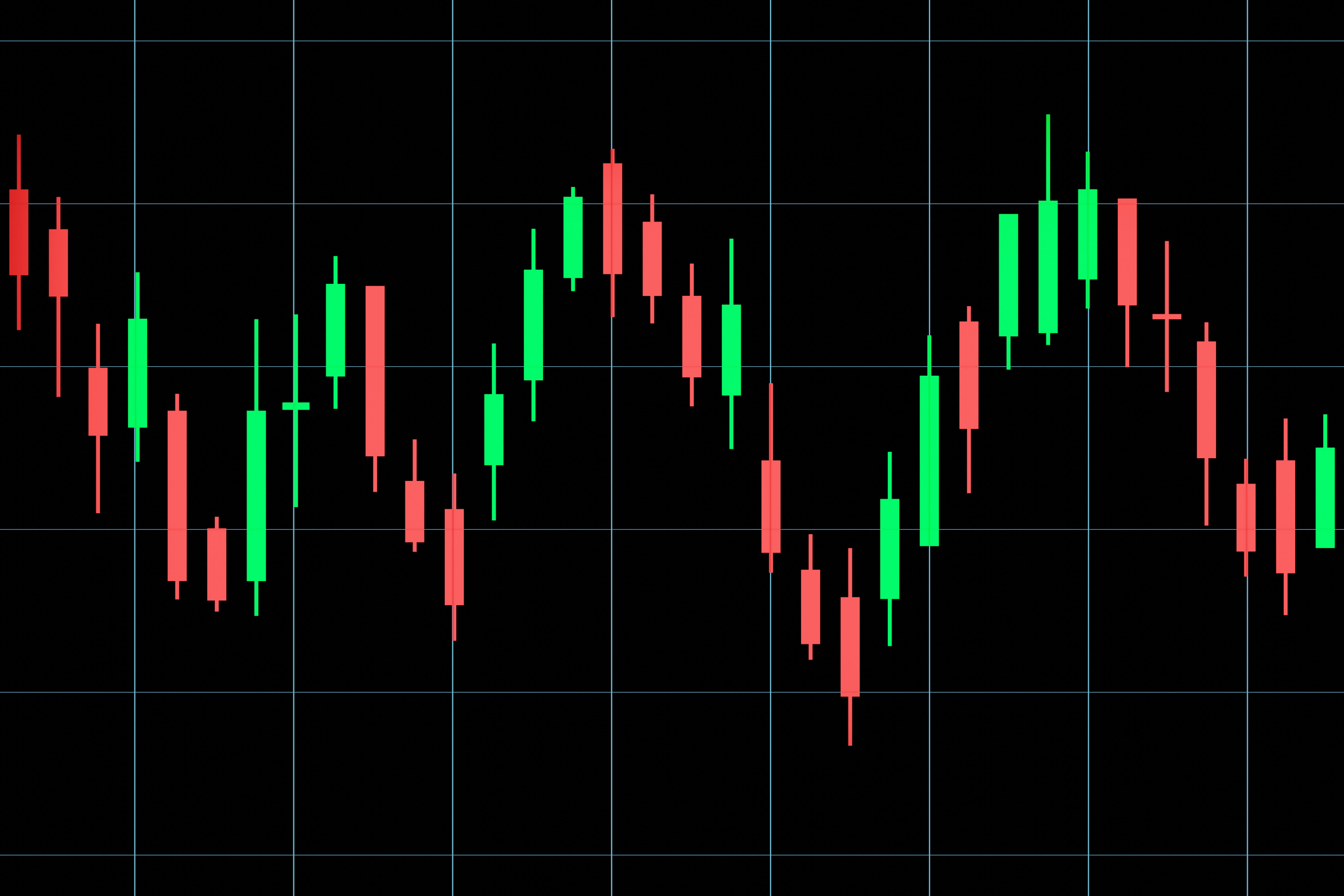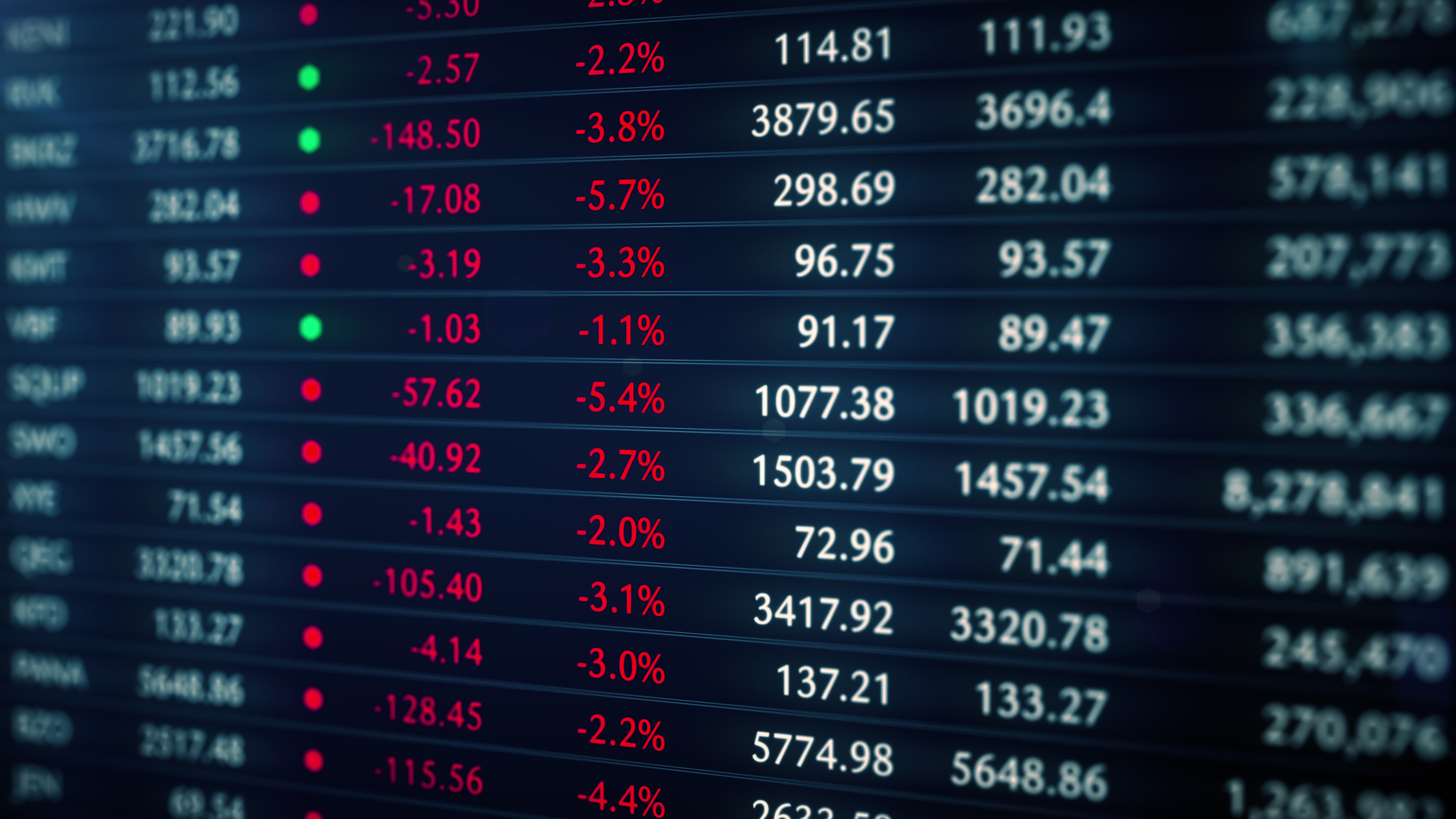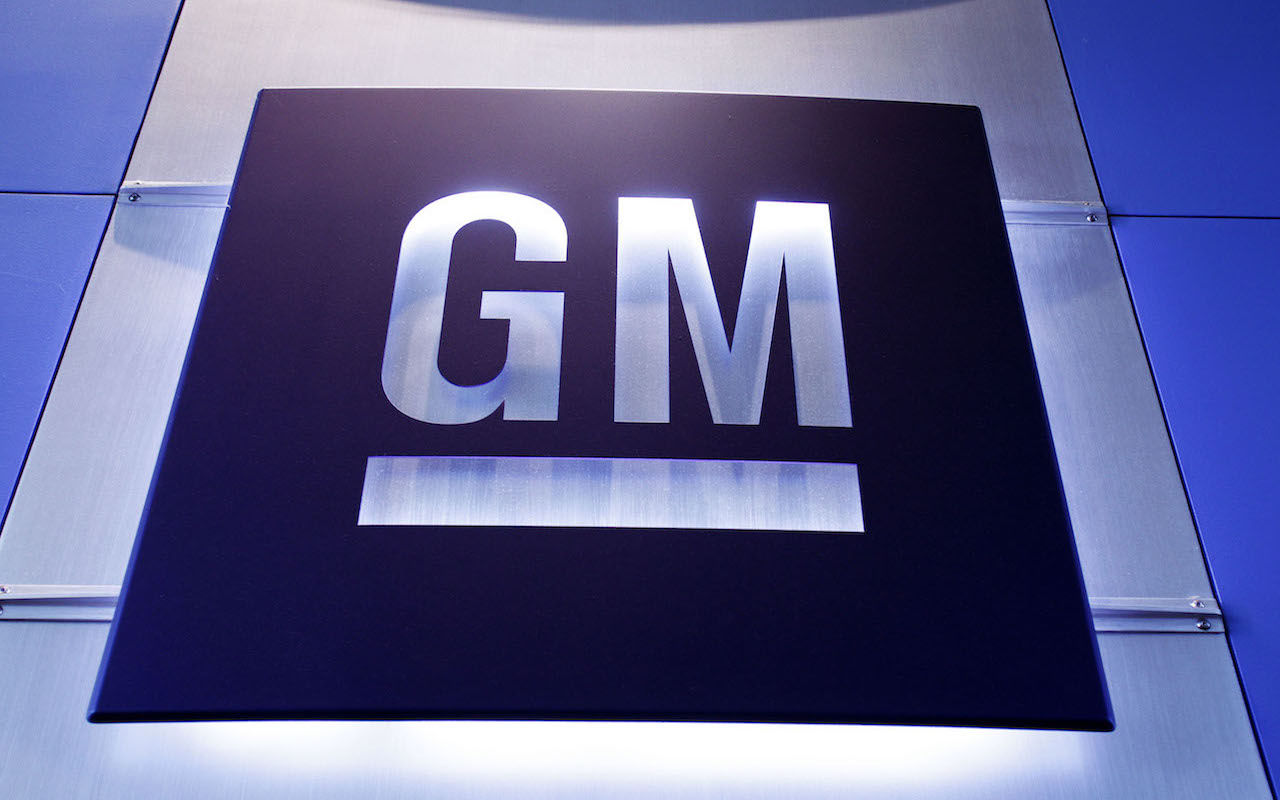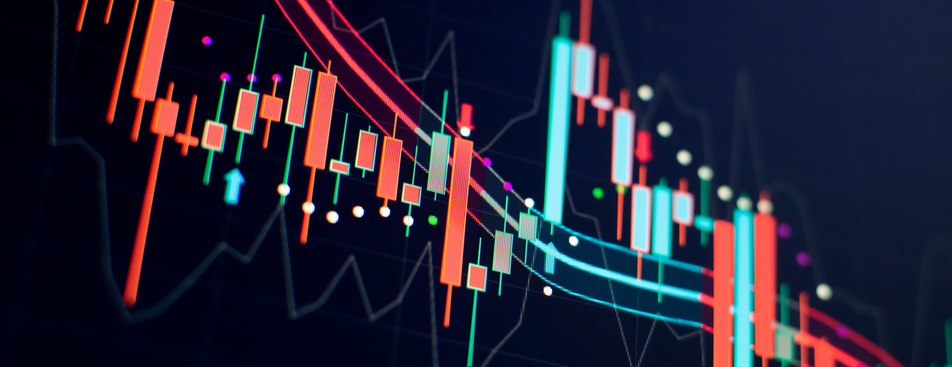Is General Motors a Good Buy?
The Detroit auto giant's initial public offering drove up a lot of hype. But if you look under the hood, you'll find some worrying problems.
You didn’t really think you were going to get shares of General Motors (symbol GM) at the offering price, did you? Well, after taking a look under the hood of GM’s initial public offering, you’ll probably be glad that you didn’t.
The biggest reason to feel lucky is that the stock’s sellers -- not the buyers -- grabbed most of the first-day pop for themselves. When the shares went public on November 18 at $33, the sellers sucked up the premium that investors would have enjoyed had the shares come public at $29, the high end of the original pricing range. GM shares did jump to $35.99 on their first day of trading, but they closed at $34.19, a modest 3.6% above the IPO price. The stock closed at $33.48 on November 24.
Considering that you can still get GM’s shares for less than a buck more than the offering price, the question is, should you? Probably not. Even after the Detroit auto giant reduced its headcount by tens of thousands of workers and shed billions of dollars in liabilities as part of the U.S. government’s bailout, the company still has issues.

Sign up for Kiplinger’s Free E-Newsletters
Profit and prosper with the best of expert advice on investing, taxes, retirement, personal finance and more - straight to your e-mail.
Profit and prosper with the best of expert advice - straight to your e-mail.
First and foremost, GM is run by an untested team of managers who must still report to the bureaucrats. After the IPO, the Treasury’s stake fell from 61% to 26%, somewhat diminishing the taint of Uncle Sam owning a major stake in “Government Motors.” But even after the IPO, the sellers -- the Treasury, the Canadian government and the United Auto Workers pension fund -- will together still own about half of the company.
Notwithstanding concerns about GM’s management, the company has seen revenues and profits rise steadily this year and should post its first annual profit in six years. For the first three quarters of 2010, it earned $5.0 billion on revenues of $98.7 billion. However, the company says fourth-quarter earnings will be “significantly lower” than profits in each of the first three quarters. It blames launch costs for the Chevrolet Cruze and Volt and high expenses for future products. The few analysts who cover GM estimate that the company will earn $3.50 per share, or $5.3 billion, for all of 2010, and $4.06 per share next year. The stock sells for a bit more than eight times next year’s estimated earnings.
Experts say GM makes better cars than it did five years ago, but the company still needs to overcome a legacy of producing gas-guzzlers with quality problems. Fuel efficiency has improved about 25%, says analyst David Silver, of Wall Street Strategies, an independent research firm, “but the company still has a lot of the operational problems it had before the bankruptcy.”
Some investors view auto stocks as a one-way bet right now because they think the industry is at the bottom of the cycle. Auto sales in the U.S. hit a 27-year low of 10.4 million vehicles in 2009. Forecasters expect the industry to sell 11.5 million vehicles this year, a far cry from the average of 17 million from 1999 through 2006. Sluggish economic growth, continued high unemployment, and rising gasoline prices are behind the slow pickup in auto sales.
But GM faces some company-specific problems. GM conserved cash during the crisis by holding back on new-product development, says Jeremy Anwyl, chief executive of Edmunds.com, the auto-information Web site. Moreover, he says, this might lead to an oversupply of older models that could require large discounts to sell. That could threaten profit margins.
As the largest foreign automaker in the world’s largest car market, some bulls say GM is a China play. But it’s difficult for GM to raise prices in China, so the profits per vehicle are small compared with those sold in North America. Meanwhile, GM’s European operations remain unprofitable and may require billions of dollars to restructure.
GM was allowed to keep its huge, $45-billion tax-loss carryforward, which means it won’t be paying taxes for a long time. While that will enable GM to build its cash position, none of the money will be going to shareholders as dividends. In fact, GM has no plans to institute a dividend. Instead, a lot of the cash will end up in the UAW pension fund. GM is “a cash register for the UAW,” says Francis Gaskins, president of IPOdesktop.com, a Los Angeles research firm. After the IPO, GM contributed $4.0 billion in cash and $2.0 billion in common stock to the plan.
Of course, if these issues don’t bother you and GM’s share price drops below its offering price, as happened with many other companies that went public in 2010, investors might want to take a second look. “Down the road, if the hype leaves the market and the stock comes down in price, that is when retail investors should take their first dip,” says Silver. You should be aware of two dates: 40 days after the IPO (December 28 in this case), analysts from firms that underwrote the IPO can issue reports. If they’re upbeat, the reports may boost the stock price. The second date will occur early in February 2011, when the new GM is scheduled to issue its first earnings report as a publicly traded company.
Frank Ingarra, co-manager of the Hennessy Focus 30 Fund (HFTFX), says that because a number of auto-parts makers have gone out of business in recent years, he prefers that sector to GM. His favorites among the survivors are ArvinMeritor (ARM), BorgWarner (BWA) and Tenneco (TEN).
Get Kiplinger Today newsletter — free
Profit and prosper with the best of Kiplinger's advice on investing, taxes, retirement, personal finance and much more. Delivered daily. Enter your email in the box and click Sign Me Up.
-
 Stock Market Today: Trump Retreats, Markets Rejoice
Stock Market Today: Trump Retreats, Markets RejoiceStocks rally, yields soften, the dollar rises, and even beaten-down names enjoy the wages of potential trade peace.
By David Dittman
-
 In Trump’s Economy Should 401(k) Savers 'Set It and Forget It?'
In Trump’s Economy Should 401(k) Savers 'Set It and Forget It?'It’s hard to bury your head in the sand when the markets are volatile. Here’s when it makes sense and when it doesn’t.
By Donna Fuscaldo
-
 Stock Market Today: Tariff Talks Drive Another Up-and-Down Day
Stock Market Today: Tariff Talks Drive Another Up-and-Down DayTrade war negotiations are happening, but the "fear gauge" is gyrating, and investors, traders and speculators are still searching for signs of a bottom.
By David Dittman
-
 Stock Market Today: It's Going to Stay Choppy for Stocks
Stock Market Today: It's Going to Stay Choppy for StocksAuto-focus can show us a lot about uncertainty on the ground and in the stock market.
By David Dittman
-
 Stock Market Today: Auto Tariffs Send Stocks Lower
Stock Market Today: Auto Tariffs Send Stocks LowerThe main indexes snapped their win streaks after the White House confirmed President Trump will talk about auto tariffs after the close.
By Karee Venema
-
 Stock Market Today: Stocks Skid Into Another Risk-Off Turn
Stock Market Today: Stocks Skid Into Another Risk-Off TurnThe promise of the AI revolution can't overcome flickering hopes for a "Fed put."
By David Dittman
-
 Stock Market Today: Dow Adds 485 Points After Trump's Tariff Delay
Stock Market Today: Dow Adds 485 Points After Trump's Tariff DelayThe White House said it will postpone tariffs on automotive imports from Canada and Mexico for one month.
By Karee Venema
-
 Stock Market Today: Stocks Struggle After Trump's EU Tariff Threats
Stock Market Today: Stocks Struggle After Trump's EU Tariff ThreatsStocks pared early gains after Trump threatened the European Union with 25% tariffs.
By Karee Venema
-
 GM Stock Rallies on Dividend Increase, Buyback Plan
GM Stock Rallies on Dividend Increase, Buyback PlanGeneral Motors stock is higher Wednesday after the car maker announced a dividend increase and a new share repurchase program. Here's what you need to know.
By Joey Solitro
-
 Stock Market Today: Stocks Trim Losses After Trump Tariffs
Stock Market Today: Stocks Trim Losses After Trump TariffsStocks slumped at the start of Monday's session after the Trump administration's weekend tariff announcement.
By Karee Venema